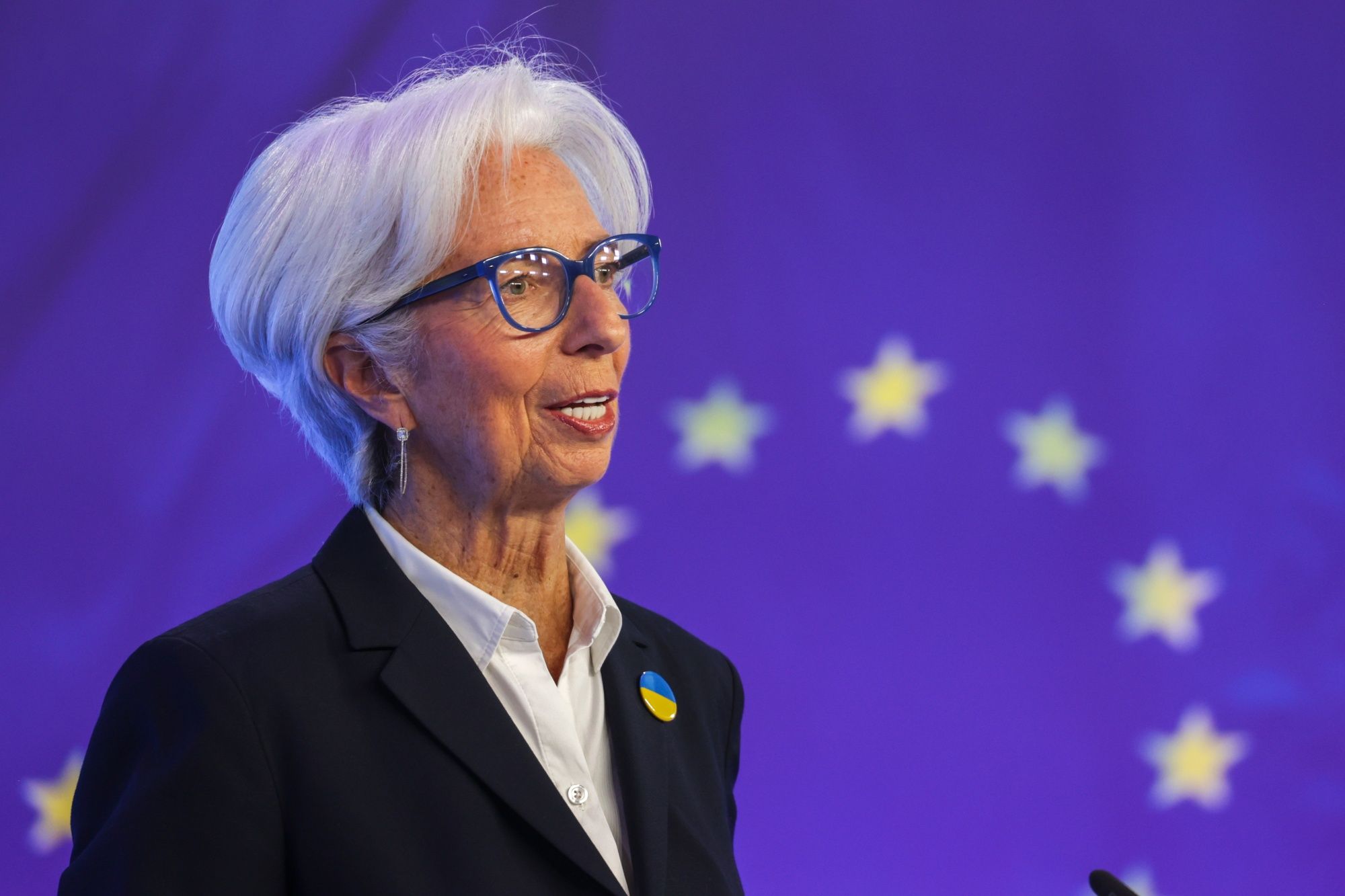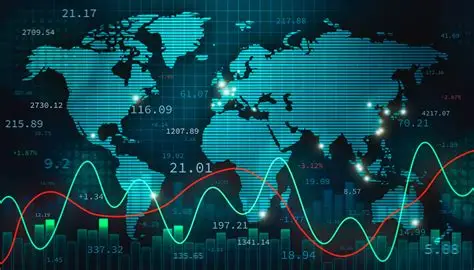The global economic arena is witnessing overlapping developments: stable Eurozone inflation figures, Steven Miran’s appointment to the U.S. Federal Reserve, and Christine Lagarde’s warnings of a comeback of financial risks in new shapes. These simultaneous events highlight the challenges monetary policymakers face amid market pressures and changes in the global economic system.
Eurozone Inflation Holds at 2% for Third Month.

Final data from Eurostat on Wednesday confirmed that the Eurozone inflation rate remained steady at 2% in August for the third consecutive month, matching the European Central Bank’s target and slightly below the preliminary estimate of 2.1%.
Core inflation, excluding food and energy prices, remained 2.3%, unchanged from earlier estimates.
The lowest inflation rates were recorded in Cyprus (0.0%), France (0.8%), and Italy (1.6%), while the highest were in Estonia (6.2%) and Croatia (4.6%).
The report noted that the services sector contributed the most to the annual inflation reading, adding 1.44 percentage points.
Trump Appoints Steven Miran to the Federal Reserve
U.S. President Donald Trump signed the decision to appoint Steven Miran as a new member of the Federal Reserve Board of Governors, stressing the importance of maintaining the central bank’s independence from political pressure.
The announcement came ahead of the Federal Open Market Committee meetings that will set the path for interest rates in the coming period.
Trump stated that choosing Miran—currently Chairman of the Council of Economic Advisers—reflects the administration’s commitment to supporting independent and balanced monetary policy.
With the presidential signature, Miran will officially participate in the Fed’s closely watched meetings for the first time.
His entry comes at a sensitive time as investors await the committee’s decision on interest rates amid slowing global economic growth.
Expectations are split between a 25-basis-point cut or a larger 50-basis-point move, increasing the weight of his vote.
Miran’s stance on monetary policy remains unclear as he has not publicly expressed his views on potential rate cuts.
Analysts believe his vote could be pivotal in balancing White House calls for more accommodative policy against more cautious Fed members.
Lagarde: Financial Risks Haven’t Disappeared—They’re Returning in New Forms

European Central Bank President Christine Lagarde opened the 10th Annual Research Conference in Frankfurt on Wednesday, held in partnership with Stanford University’s Hoover Institution, emphasizing that financial risks persist but are re-emerging in new guises.
Lagarde explained that the global financial system has undergone significant transformations since World War II and that technological advances have resurfaced traditional risks in modern forms.
She referenced Carmen Reinhart and Kenneth Rogoff’s book This Time Is Different, which chronicles eight centuries of financial crises.
Lagarde highlighted that one of the most significant changes in the past 20 years is the rapid growth of non-bank financial institutions, whose assets in the Eurozone now equal about 400% of GDP, compared with only 140% in 1999, making them responsible for more than 60% of the financial sector’s size.
Meanwhile, the banking sector faces rising challenges from technological innovation, fintech companies, and stablecoins, accelerating the spread of risk.
She cited the March 2023 collapse of three U.S. banks as an example of how social media significantly accelerated financial panic.
Lagarde stressed that regulatory goals are not to stifle innovation but to manage the risks it brings, noting that the European Union is implementing an ambitious plan to enhance regulatory frameworks and strengthen the financial system.
She concluded by underscoring that financial stability requires constant vigilance and that scientific research remains an essential tool for identifying risks and supporting policymakers, especially as traditional challenges reappear in modern forms.
While Eurozone inflation remains at the central bank’s target and investors await the Fed’s next move with a new influential member, Lagarde’s warnings are a clear reminder that financial risks have not disappeared—they have merely reshaped themselves in unconventional ways. The coming phase will require vigilance and a careful balance between supporting stability and encouraging innovation.


